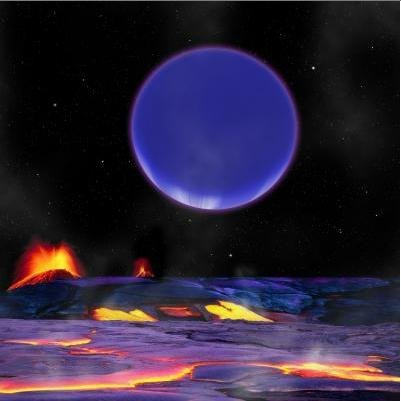SEATTLE, June 21 (UPI) -- U.S. astronomers say a bigger version of Earth is locked in an orbital tug-of-war with a much larger Neptune-sized planet around a distant star.
The planets around a star dubbed Kepler-36A occupy nearly the same orbital plane and sometimes approach within about 1.2 million miles of each other, just five times the Earth-moon distance.















